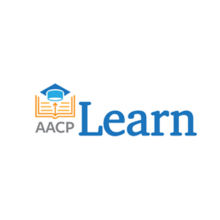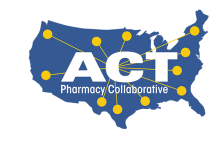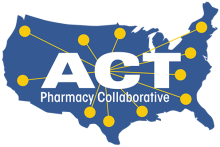Pharmacy SuRGE (Scholarship, Research and Graduate Education)
Pharmacy SuRGE is an AACP initiative to bring together leaders from pharmacy schools to advance research, research training and graduate education. SuRGE meetings provide an opportunity to discuss and develop strategies for supporting research, identify opportunities for collaboration, and share experience in navigating the changing research regulation and funding landscape. SuRGE is envisioned as a starting point for activities that can be continued through AACP affiliate groups such as the Graduate Education Special Interest Group (SIG.)
Quarterly SuRGE meetings are held from 1–2:30 p.m. ET on the third Tuesday of March, June, September and December. Please contact Dorothy Farrell for more information.
The next Pharmacy SuRGE meeting will be held on Tuesday, December 16, 2025.






